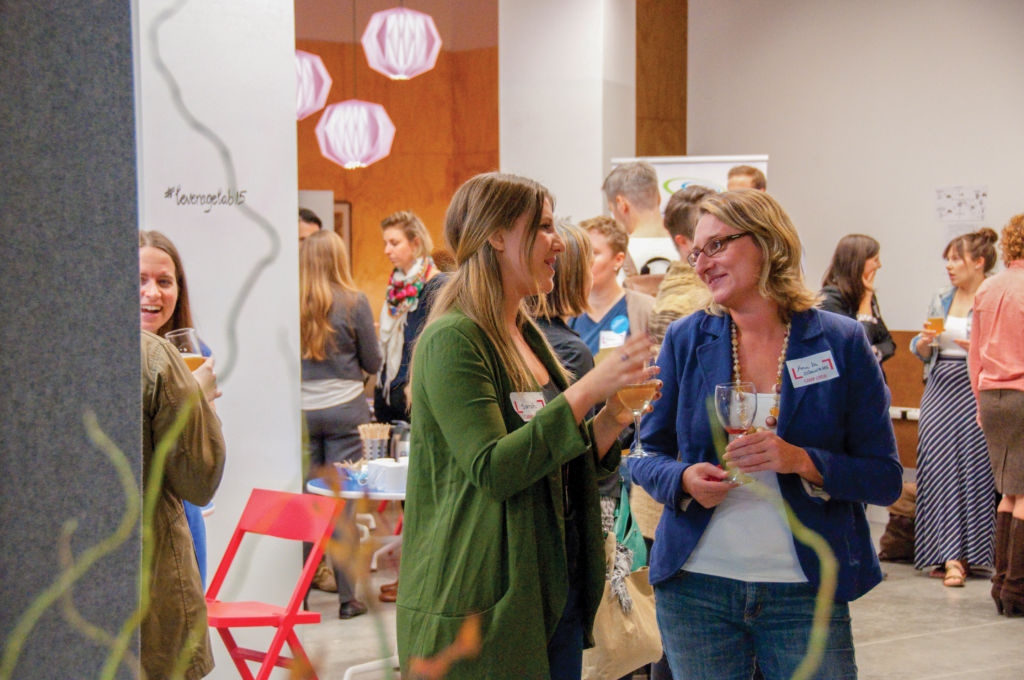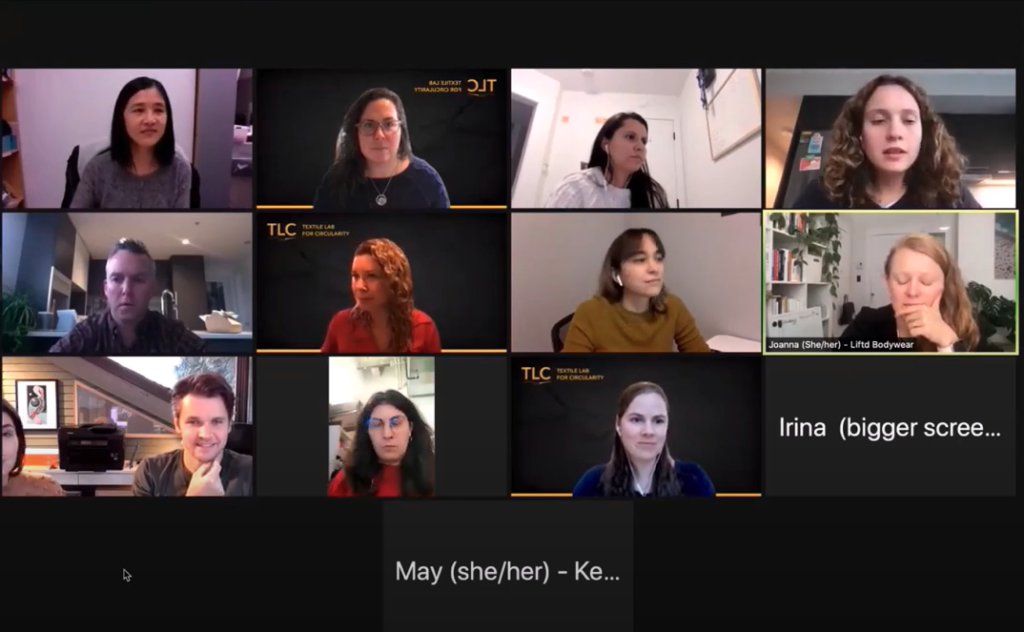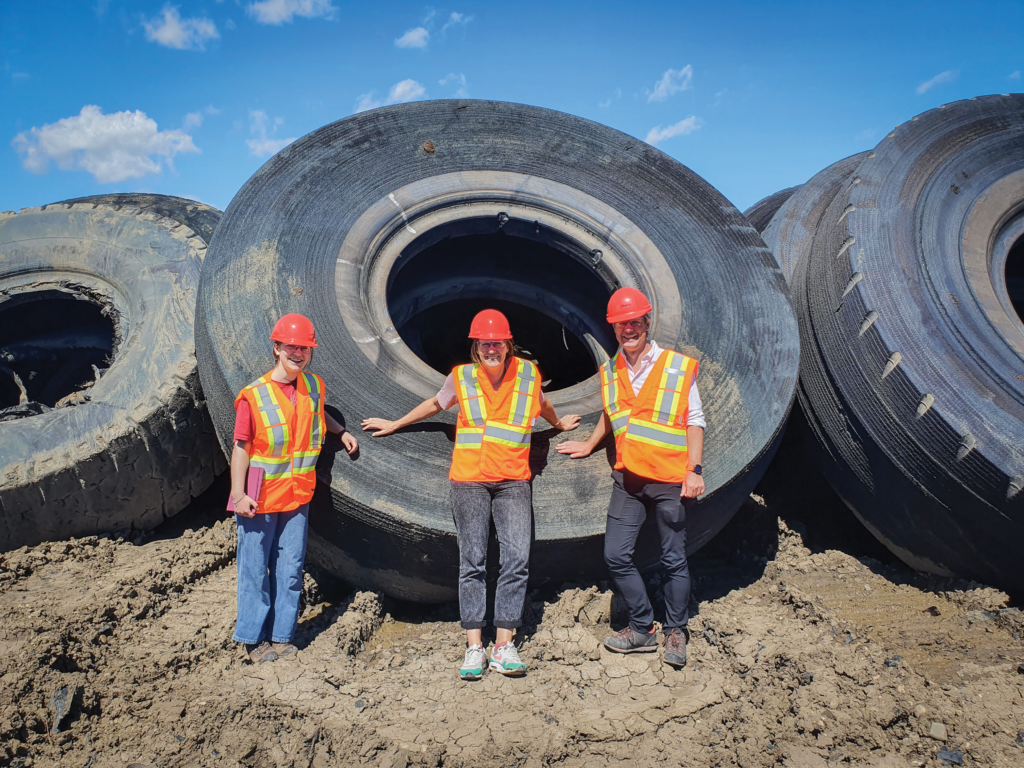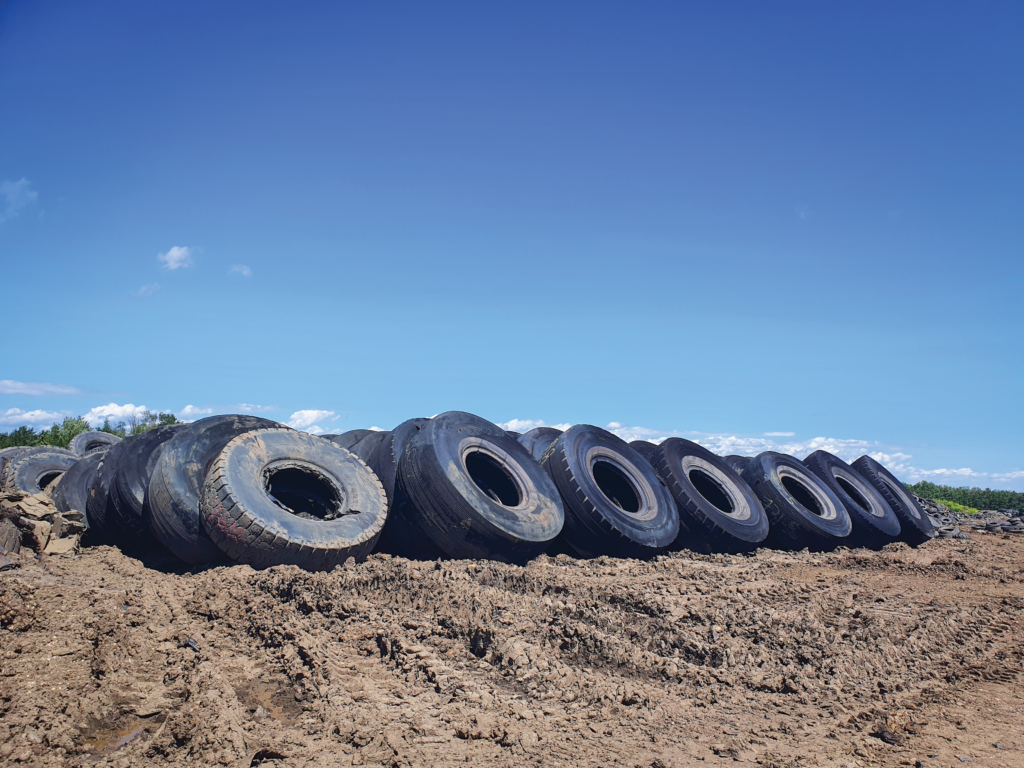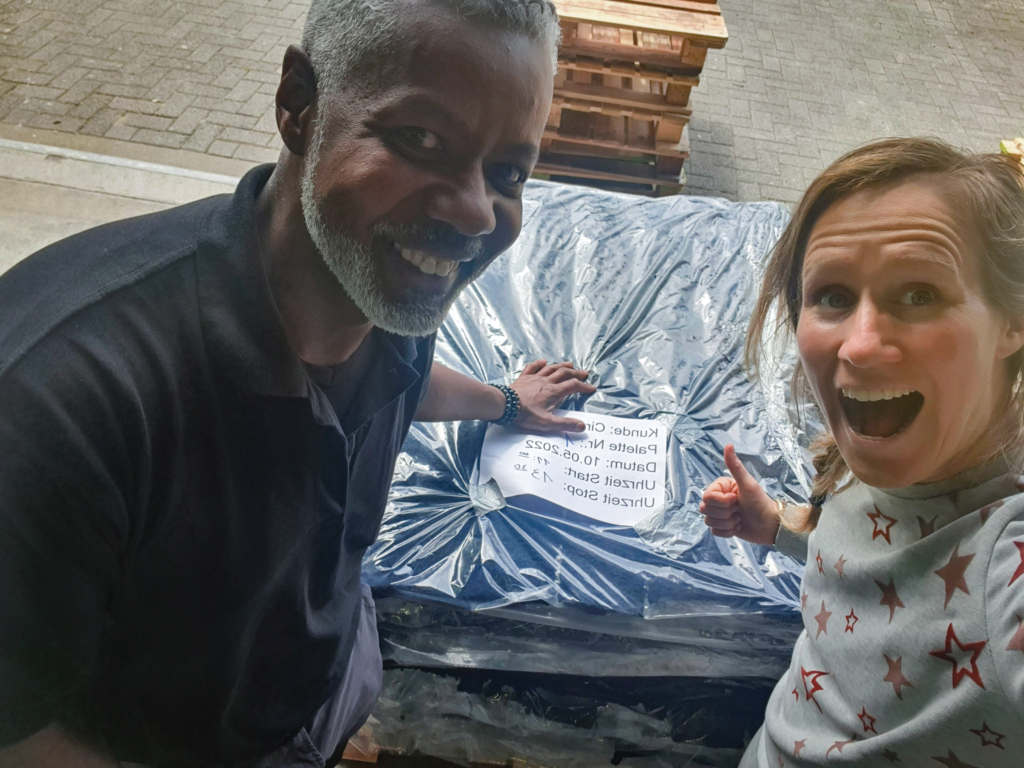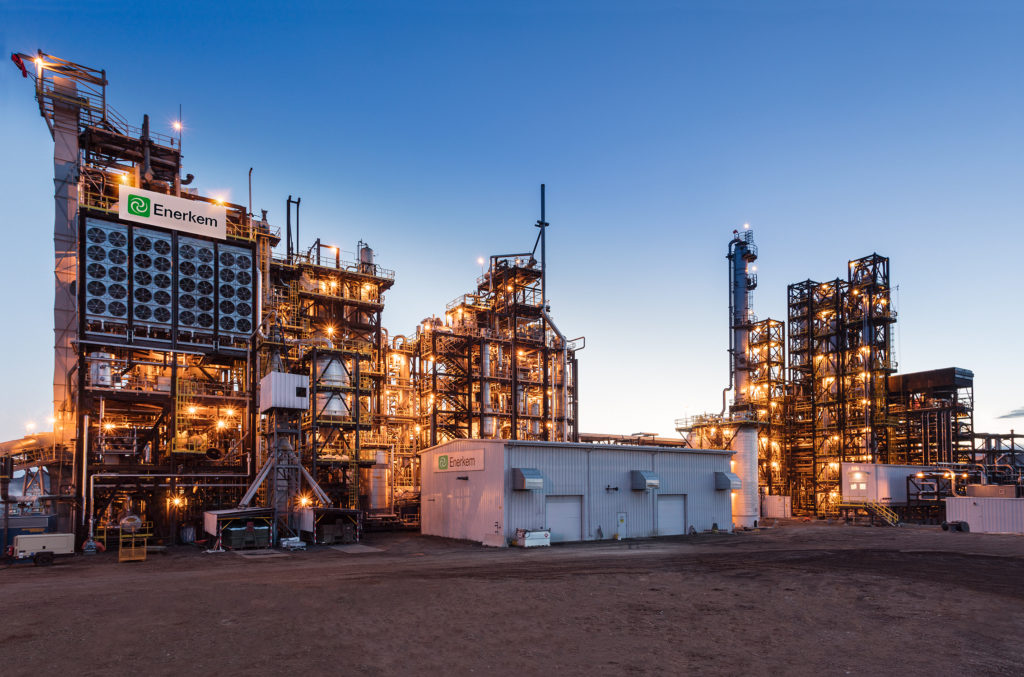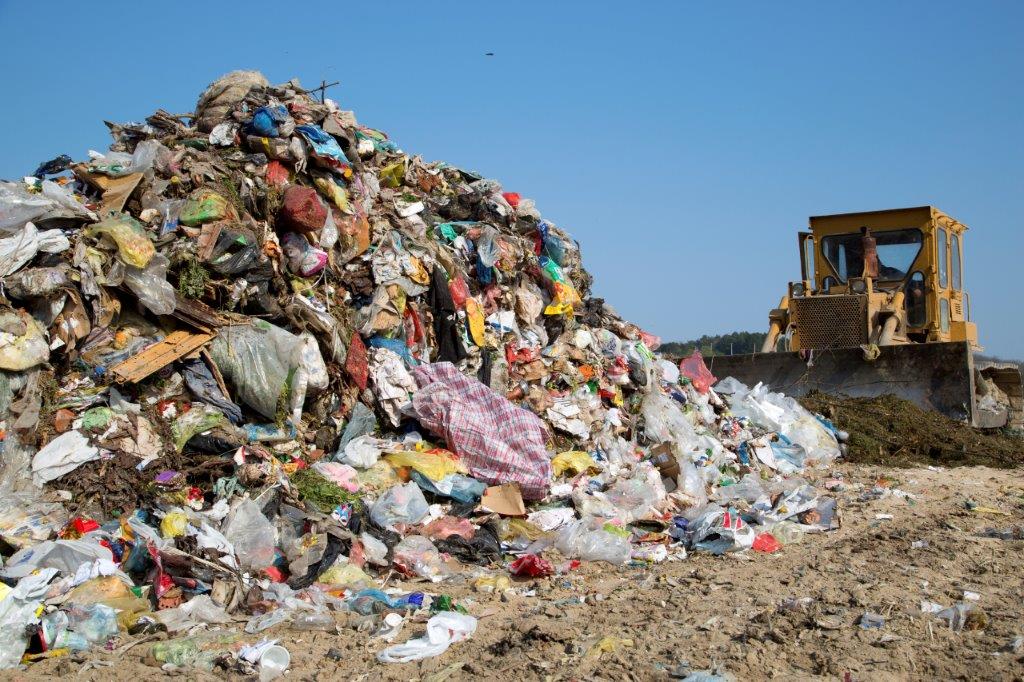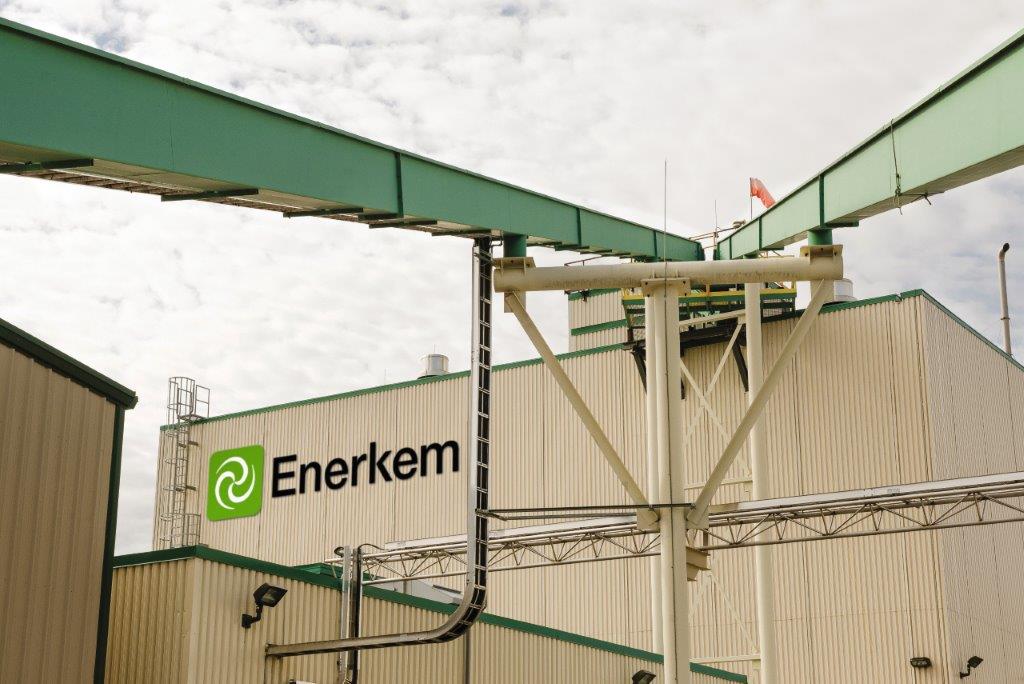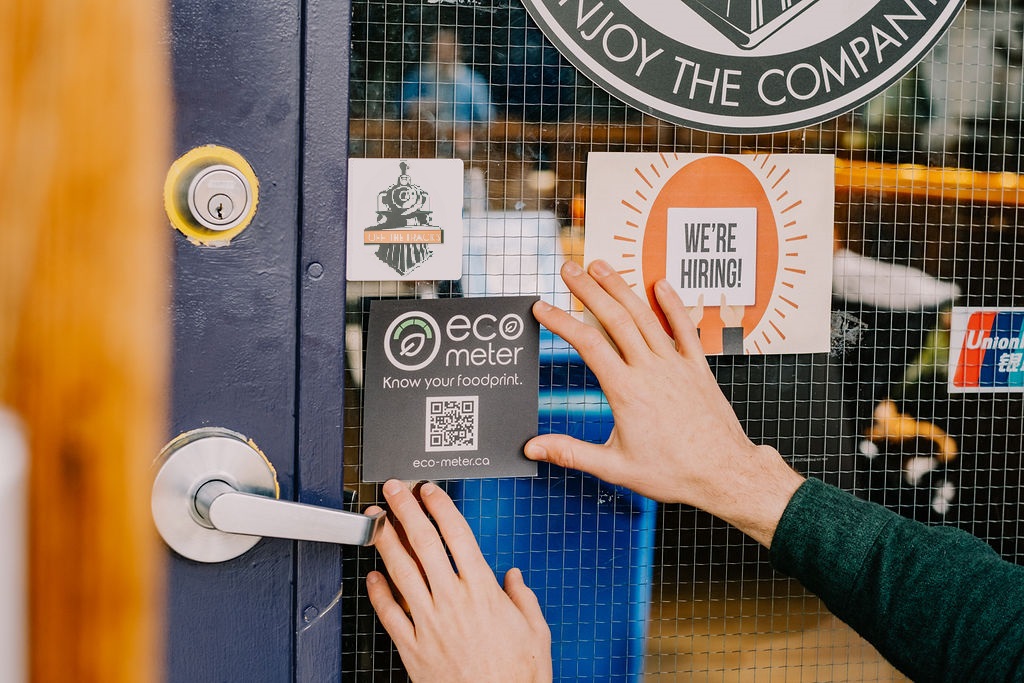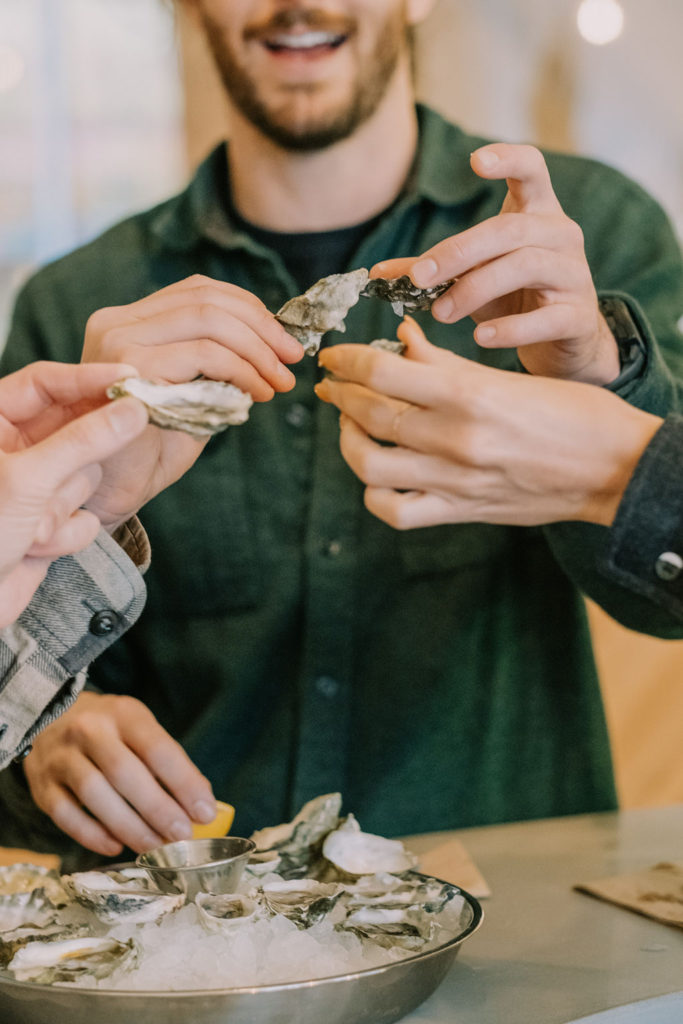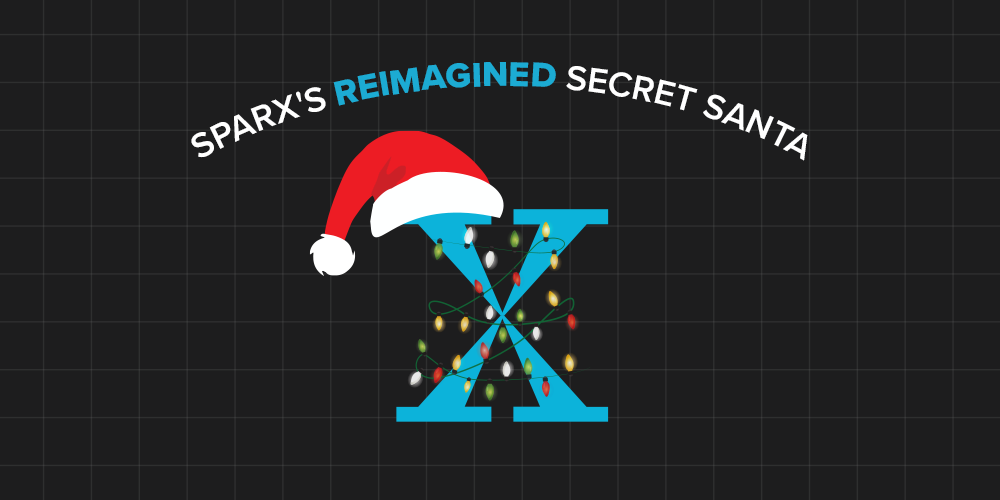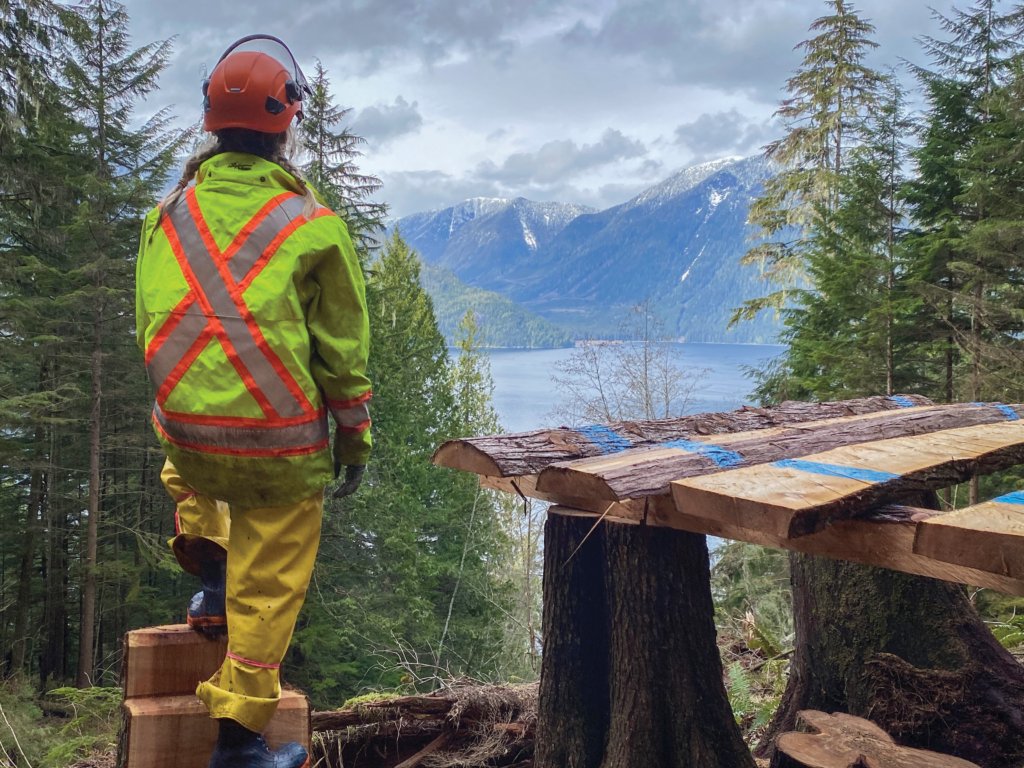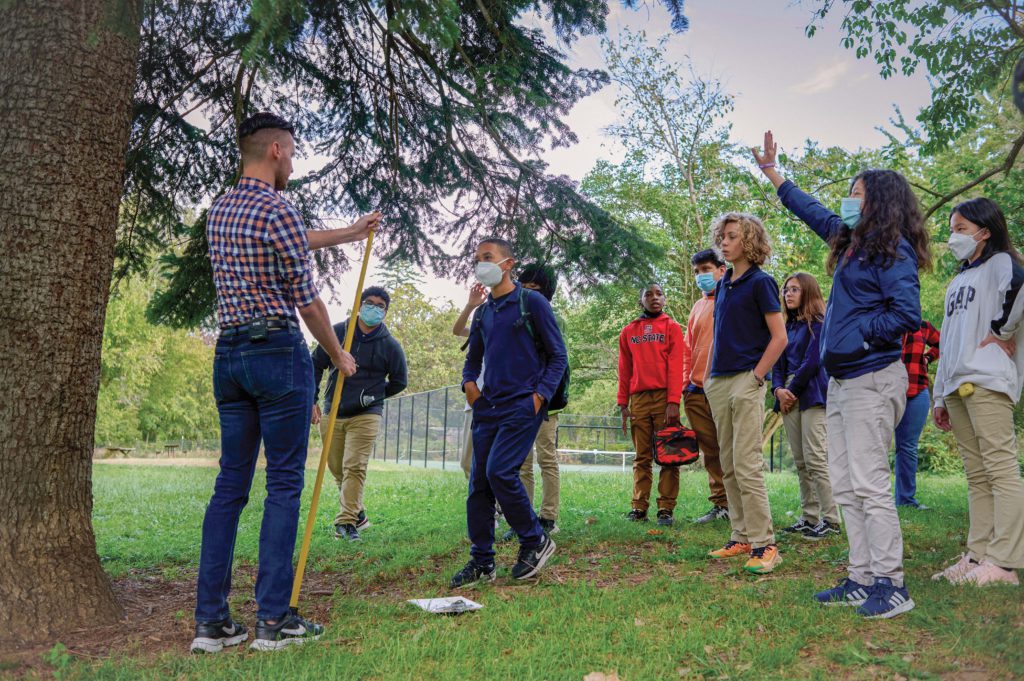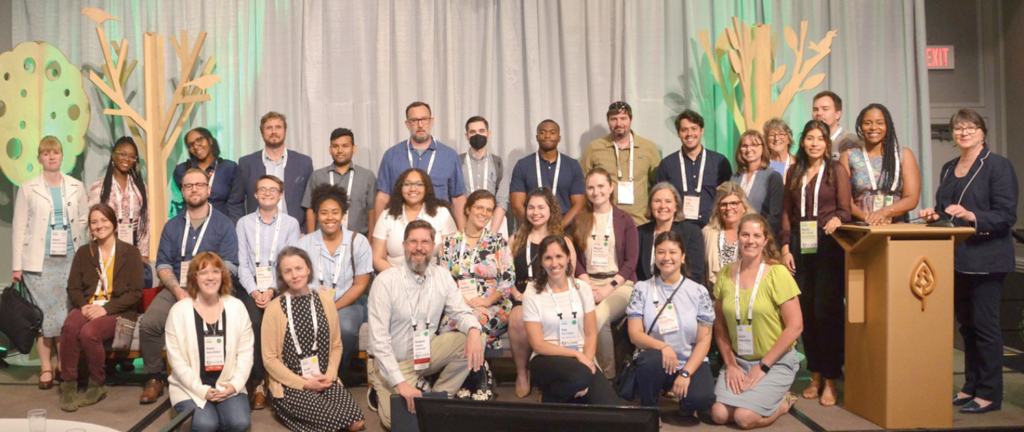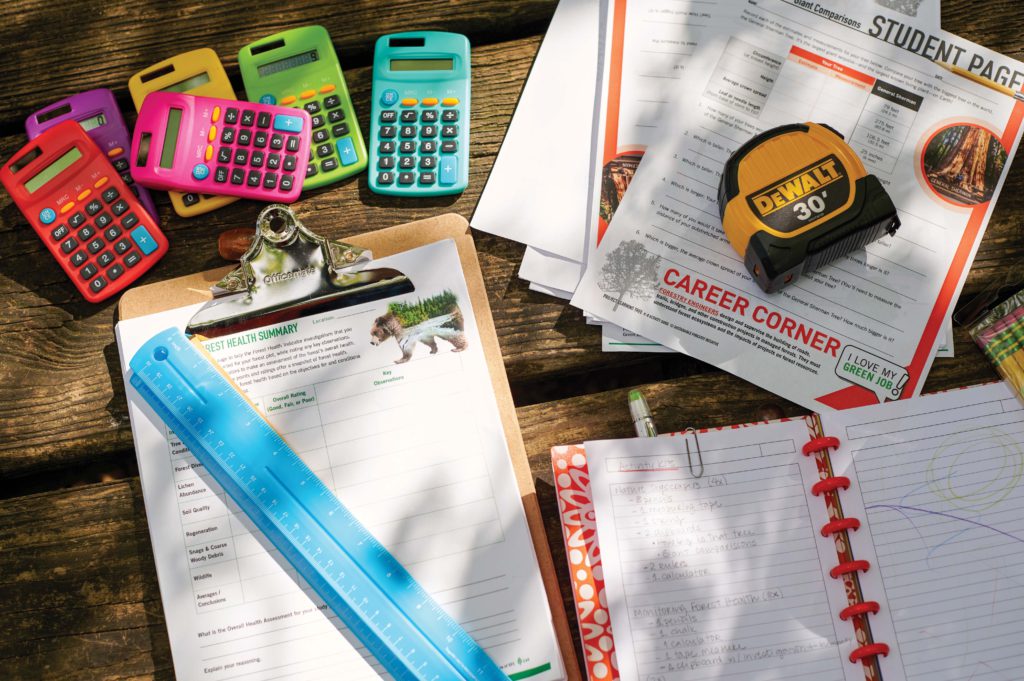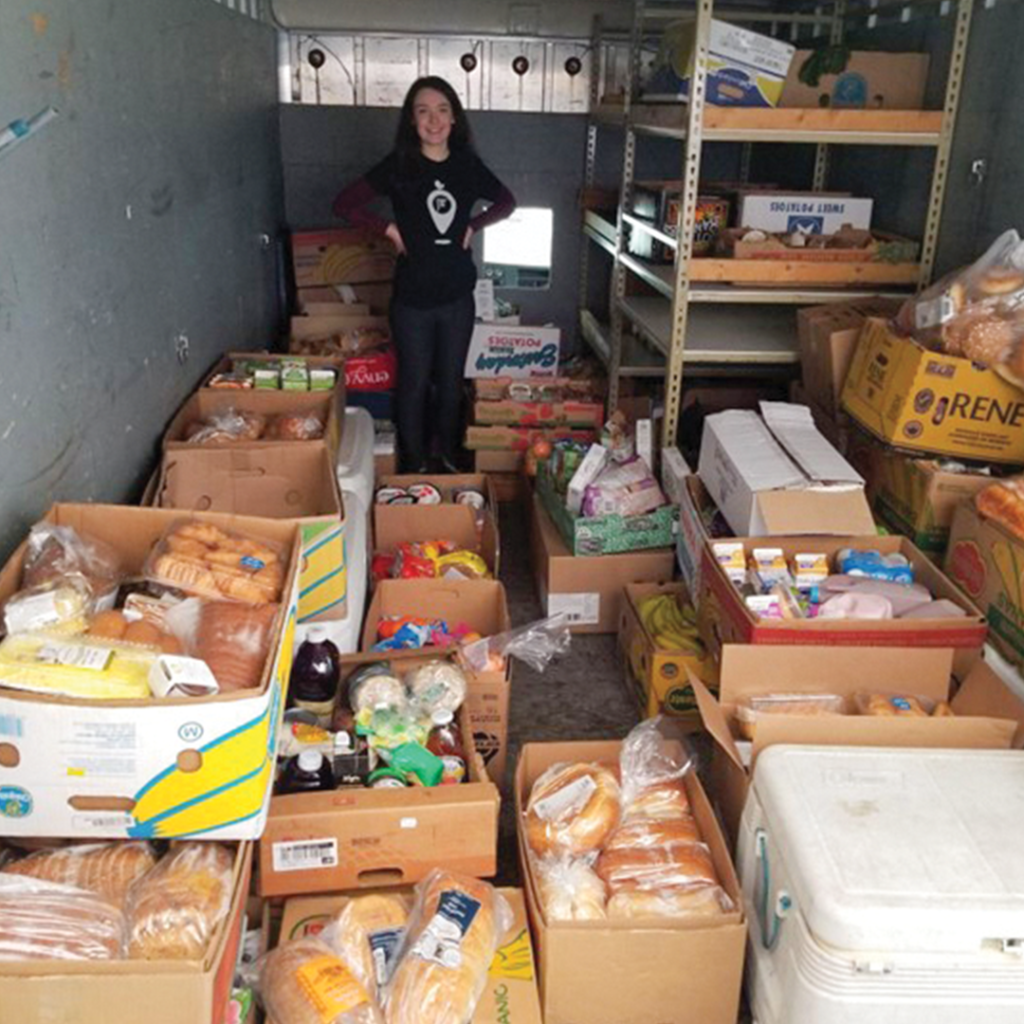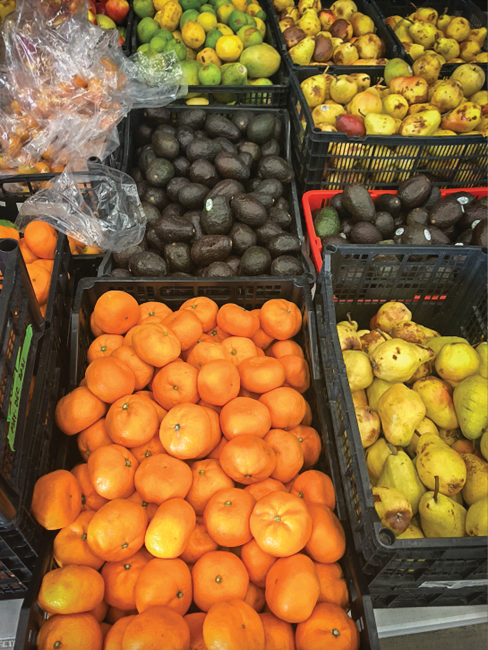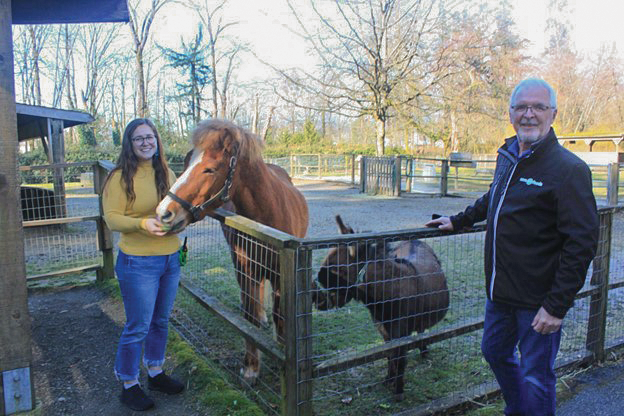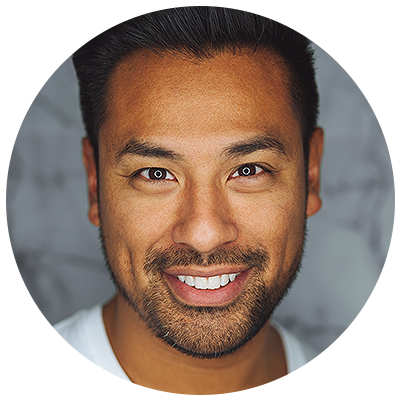From implementing zero-emission transportation to banning single-use plastics, Canada is at the forefront of environmentally-conscious initiatives. Yet, even with advocates and industry leaders paving the way, there is still a knowledge gap about a game-changing model of production and consumption: the circular economy.
The Circular Economy Leadership Canada (CELC) is working to bridge this awareness gap to advance the circular economy in Canada. We spoke with Paul Shorthouse, Managing Director of CELC, about being a “network of networks” for circular economy innovation.

Tell us about Circular Economy Leadership Canada’s mission.
Circular Economy Leadership Canada (CELC) is uniquely positioned as a multi-sectoral, national organization dedicated to advancing the circular economy in Canada. CELC is working to connect Canada’s circular economy community and serves as a bridge to similar networks around the world. We provide thought leadership, technical expertise, and collaborative platforms for accelerating systems change and the transition to a low-carbon, circular economy in Canada.
What inspired you/your founders to start your organization?
The Circular Economy Leadership Canada initiative is a project of The Natural Step Canada, a non-profit charity based in Ontario focused on creating a more sustainable future through effective systems change and social innovation. CELC was officially launched in 2018 at the G7 Oceans Partnership Summit in Halifax and was originally made up of a small number of corporate leaders, non-profit think tanks, and academic researchers. This group was part of an earlier Ontario-based Circular Economy Lab that was largely focused on eliminating plastic packaging waste and pollution.
What were some of the challenges you/your founders encountered?
The key issues we’ve faced include the low level of awareness among businesses, governments, and the public in terms of the circular economy and its benefits for Canada, as well as the fragmented and siloed nature of our supply chains. These are two areas we are working to address: raising awareness about what the circular economy is and its benefits and acting as a cross-sector platform to create systems change.
What do you consider to be Circular Economy Leadership Canada’s biggest success?
One of our greatest successes was the launch of the Canada Plastics Pact (CPP) in January 2021. Circular Economy Leadership Canada acted as an incubator to form and launch this network that now consists of more than 90 key stakeholders across the entire value chain in Canada, focused on creating a circular economy for plastics packaging in the country, including its roadmap to 2025.
What makes your organization unique?
We currently have more than 45 partners across Canada coming from all sectors and regions, as well as a handful of international partners, with CELC acting as a “network of networks.” CELC is dedicated to bringing value to our partners by filling existing gaps in the marketplace and supporting efforts to accelerate the transition to a circular economy in Canada.
We do this by serving as a national hub that connects people to the knowledge, networks, and opportunities to help achieve circular innovation; fostering constructive dialogue between government and industry on critical issues where collaboration is key to the system transition required to achieving circularity; making the business case for new approaches by shining a light on corporate leadership and circular innovation; championing a national circular economy strategy and a coordinated innovation ecosystem; and accelerating circular economy transitions in key sectors through our Circular Economy Solutions Series, focused on taking advantage of opportunities and tackling the barriers.

How do you feel your organization makes the world better?
We’re hyper-focused on the circular economy which addresses our planet’s triple environmental crises: climate change, biodiversity loss, and pollution. The circular economy model leverages actionable business strategies to eliminate waste and pollution from our economy, reduce the demand on our ecosystems and natural resources by keeping materials and resources in use for as long as possible, and regenerate nature in the process.
Tell us about Circular Economy Leadership Canada’s goals.
Our goal is to advance a circular economy in Canada across all sectors and supply chains, enhancing innovation and improving the competitiveness of Canada’s economy over the long term.
Are there any upcoming initiatives or projects you’d like to share?
Circular Economy Leadership Canada’s work is carried out through our Solutions Series work streams where we have a number of projects underway in areas that include plastics, food systems, metals and minerals, construction and built environment, and finance. You can find more at circulareconomyleaders.ca/solutions-series/
As one example, CELC has recently launched a project in collaboration with BOMA Canada, Pacific Institute for Climate Solutions (PICS), CSA Group, and others from the real estate sector exploring the use of circular strategies to extend the life of existing buildings – including innovative leasing and renovation – and, in turn, preserve the embodied carbon found within buildings.
What do you most want people to know about your organization?
To advance the circular economy in Canada, we must work together in partnership to create the systems change we need. Through our collaborative approach and CELC’s platform for convening, we can accelerate the opportunities and tackle the barriers together.
How can people help or contribute to Circular Economy Leadership Canada’s mission?
We welcome organizations to join our network as Circular Economy Leadership Canada Partners, investing in the work streams we have underway, establishing the business case for action, and helping to communicate the benefits and advantages for Canada in transitioning to a more circular economy.
This story was featured in the Make The World Better magazine:
Learn about more world-changing individuals and organizations:
- Brands for Better Foundation: Uniting for Impact
- Circular Rubber Technologies: Re-Tiring Rubber Waste
- EcoMeter: Measuring Foodprints to Support Sustainability
- Enerkem: Repurposing Waste to Fuel Our Lives
- FoodMesh: Rescuing Food for the Sake of People and Planet
- Project Learning Tree Canada: Planting Conservation Literacy
- Susgrainable: Fighting Food Waste with Fibre
- Textile Lab for Circularity: Weaving a Circular Solution
- Too Good To Go: Satisfying Your Appetite for Sustainability
